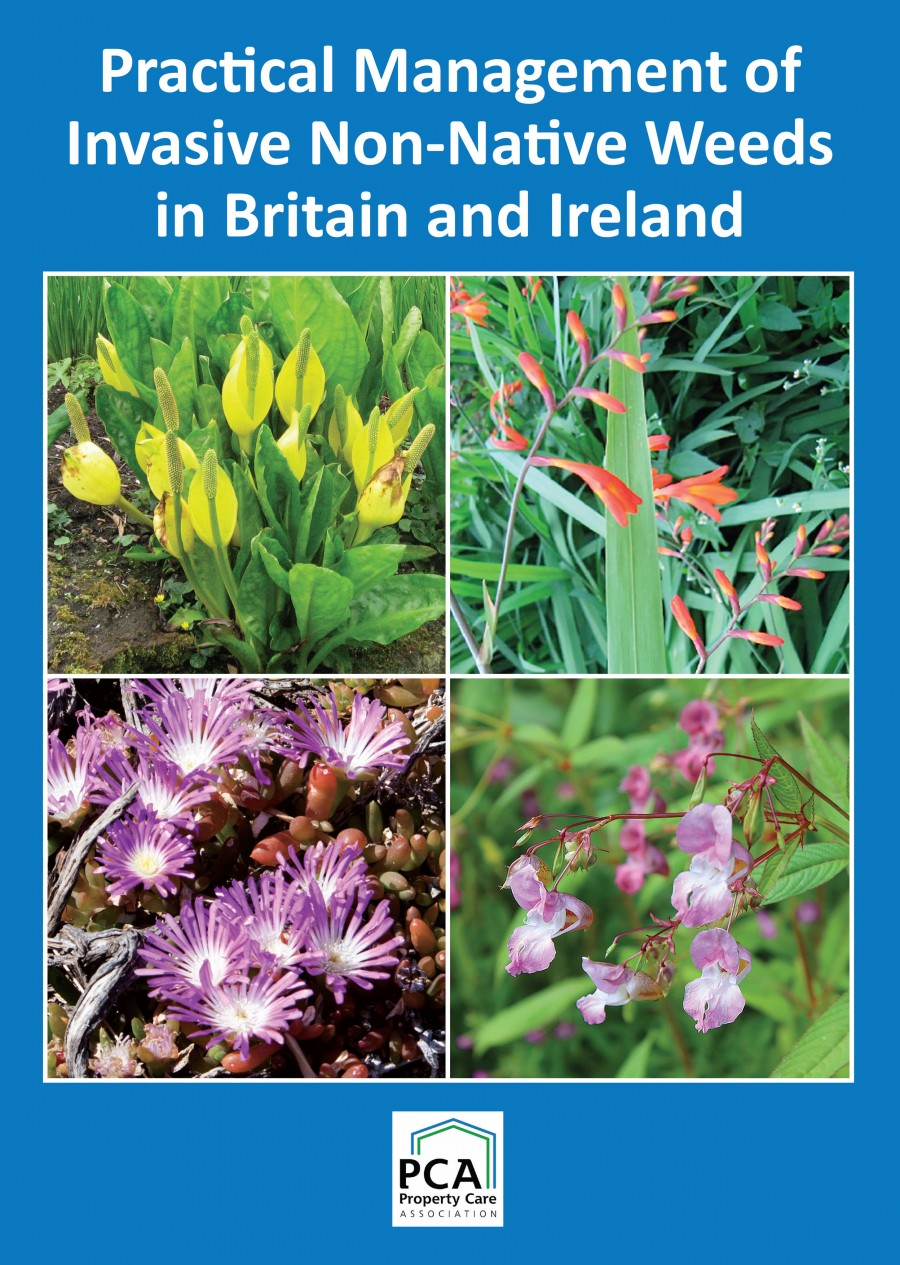The Property Care Association has pulled together expertise across the ecological sector to produce a definitive guide, which puts invasive non-native weeds of concern on the radar.

‘Practical Management of Invasive Non-Native Weeds In Britain and Ireland’ has been produced by the trade body to give detailed insight into 38 plant species individually.
The vast majority of the plants featured derive almost exclusively from species listed in Schedule 9 of the Wildlife and Countryside Act and others of concern to the European Union in the EU Invasive Alien Species Regulation 2014.
The 128-page manual acknowledges and builds on guidance provided by organisations including the GB Non-Native Species Secretariat, the Environment Agency, the Scottish Environment Protection Agency, Natural Resources Wales and the Department of the Environment Northern Ireland.
However, the content moves away from offering just practical advice on how to control such species to include more information on preventative measures aimed at minimising the risk of invasion, for example, through identification, rapid response, revegetation and monitoring.
Professor Max Wade, chair of the PCA’s Invasive Weed Control Group, said: “The manual is a considerable undertaking.
“It seeks to recognise and respond to the various stages in the process of dealing with invasive weeds.
“The coverage of each species includes a brief description of the plant, the habitats in which it is found and the problems it may cause.
“There is also corresponding photography, distribution maps and identification details to help the reader recognise each species.
“Recommendations for immediate action are given, ranging from reporting the first occurrence to taking preventative measures to avoid spread, for example putting up fencing or informing key individuals or groups.
“In addition, where known, the account of each species includes pathways of spread, lifespan, seed production, seed longevity, growth-rate, and a figure showing the key aspects of the plant’s lifecycle over a 12-month period.”
Also included in the manual is a table of management for each species, which describes options for control and their advantages and disadvantages, and, where relevant, the use of herbicides.
This information is supported by a flow-diagram to assist decisions in identifying the best option to take for a range of scenarios.
It concludes by considering options for disposal, monitoring post-management and, where appropriate, advice on revegetation for each species.
In a foreword to the guide Trevor Renals, Environment Agency Senior Technical Advisor, Invasive Species, writes: “The information in this publication is invaluable.
“It represents the distilled knowledge of some of our most skilled weed managing specialists, based on many years of experience from a multitude of sites.
“It is an excellent resource for anyone involved in the maintenance of land, invasive-species management and urban-planting schemes.”
An order form for the new manual, ‘Practical Management of Invasive Non-Native Weeds In Britain and Ireland’ can be downloaded from https://www.property-care.org/professionals/invasive-weed-control/manual-management-invasive-weeds/
The new guide is the latest initiative from the PCA to raise awareness of the growing issue of invasive non-native weeds.
Later this month (May), the trade body is developing a garden entitled ‘The Enemy Within – Managing Invasive Plants’ with examples of invasive non-native species within the Discovery Zone in the Great Pavilion at the RHS Chelsea Flower Show.
Visitors to the PCA stand will be able to see examples of various invasive plants in a garden setting to demonstrate how easy it is for these plants to fit in unknowingly.
The exhibit will also provide insights, education and guidance about the plants including identification, assessing risk, pathways of spread, preventative measures, necessary management approaches and control measures.
Professor Wade added: “Gardeners and other horticulturists can make a valuable contribution to reducing the serious impact of invasive non-native plants environmentally, economically and socially.
“The aim of the exhibit is to help them to adopt informed, responsible and proactive approaches to the challenges posed, with the opportunity to talk to experts in this field and ask any particular questions about invasive plants directly.”
A video about the garden can be viewed at https://youtu.be/dFFgKwLusDM







